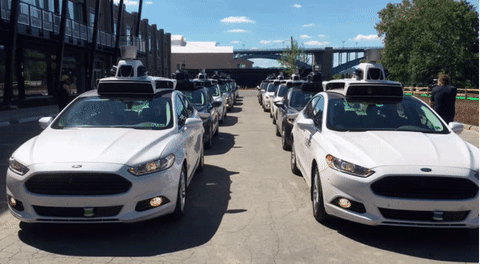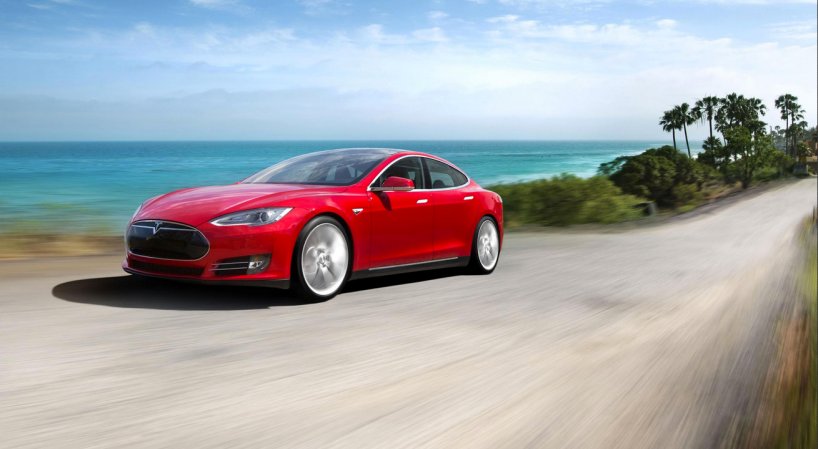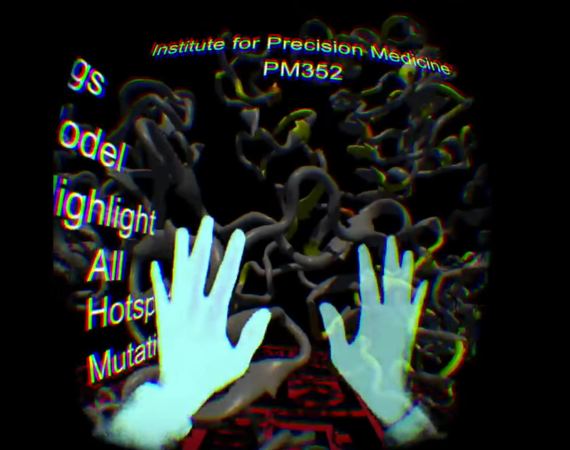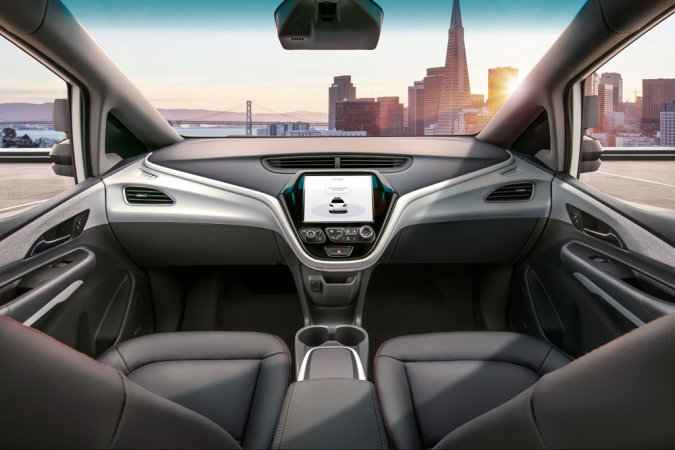

We’ve all become pretty accustomed to having the functions we use most embedded right in the steering wheel. We can crank the radio volume up when our favorite song comes on, or slow down our cruise control setting when the speed limit drops. We can even take calls at the press of a button. But automotive supplier Continental has created a steering wheel that needs nary a button or lever — it can read hand gestures.
In the prototype, there are clear, curved panels on either side of the center of the wheel, a bit like paddle shifters, but larger and more forward. The driver can touch or swipe these panels the same way she’d touch the screen of her phone. The panels aren’t where the technology is, though; they don’t even have any electronics in them. They just keep your hands where the “time of flight” sensor embedded in the instrument cluster in the dash can see them. They also keep the sensor from reading your every hand gesture as a command.
The sensor uses a 3D camera system with an integrated 3D infrared imaging sensor to detect how your hands are moving on the panels. The system creates a 3D image to determine what you’re trying to do — swipe up or down, tap, or even use some limited touch-free gestures. If you flick your fingers with your hands still on the wheel, for instance, you can accept or reject a call. So far, the steering wheel allows the driver to set navigation, browse apps, start playing music, answer calls, and control the vehicle’s onboard computer.
There are a couple of advantages to this particular gesture system. Other gesture-based controls have been centered in the console, near the screen, which still requires the driver to take his eyes off the road to make sure his hand is in the right place for swiping and poking. Even the buttons on the steering wheel can require the driver to look at them to use them, especially as more and more functions get buttons on the wheel.
Earlier this year, Volvo released the results of a study showing that even in autonomous cars, 9 out of 10 people still want to be able to take control. The steering wheel of the future is going to need to accomodate advanced technology and engaged humans, and a gesture-based wheel may be a step toward doing just that.














